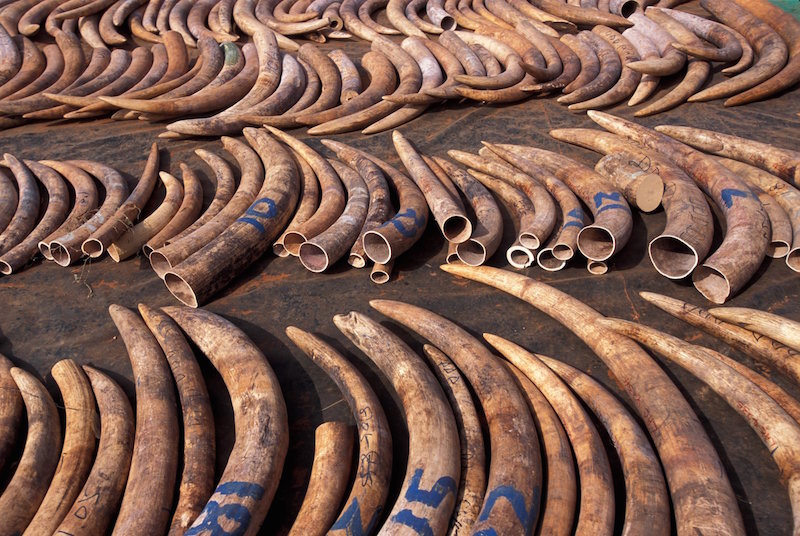Select a Bonus Cause
- Click to stop Animal Testing Animal Testing
- Click for Big Cats Big Cats
- Click to prevent Breast Cancer Breast Cancer
- Click for Children Children
- Click to stop Climate Change Climate Change
- Click to stop Dog Fighting Dog Fighting
- Click to end Hunger Hunger
- Click to stop the Ivory Trade Ivory Trade
- Click for Oceans Oceans
- Click for Primates Primates
- Click for Rainforests Rainforests
- Click for Reefs Reef
- Click for Sea Turtles Sea Turtles
- Click to stop Trapping Trapping
- Click for Veterans Veterans
- Click to stop Violence Violence
- Click to Stop Water Pollution Water Pollution
- Click for Whales and Dolphins Whales and Dolphins
- Click for Wolves Wolves
- Click to stop the Yulin Festival Yulin Dog Festival
Ivory Trade

Elephants DC
We call for the complete end of all ivory trade and for the advancement of elephant welfare by protecting them from acts of extinction, terror, and inhumanity. Our vision is for elephants to roam freely in the wild as the earth's keystone guardian species. We are against the inhumane captivity of elephants.
Here is a link to their site: http://www.elephantsdc.org/
Basic facts about elephants
Habitat loss is one of the key threats facing elephants. Many climate change projections indicate that key portions of elephants habitat will become significantly hotter and drier, resulting in poorer foraging conditions and threatening calf survival. Increasing conflict with human populations taking over more and more elephant habitat and poaching for ivory are additional threats that are placing the elephants future at risk.
Of the two species, African elephants are divided into two subspecies (savannah and forest), while the Asian elephant is divided into four subspecies (Sri Lankan, Indian, Sumatran and Borneo). Asian elephants have been very important to Asian culture for thousands of years they have been domesticated and are used for religious festivals, transportation and to move heavy objects.
Diet
Staples: Grasses, leaves, bamboo, bark, roots. Elephants are also known to eat crops like banana and sugarcane which are grown by farmers. Adult elephants eat 300400 lbs of food per day.
Population
At the turn of the 20th century, there were a few million African elephants and about 100,000 Asian elephants. Today, there are an estimated 450,000 700,000 African elephants and between 35,000 40,000 wild Asian elephants.
Range
African savannah elephants are found in savannah zones in 37 countries south of the Sahara Desert. African forest elephants inhabit the dense rainforests of west and central Africa. The Asian elephant is found in India, Sri Lanka, China and much of Southeast Asia.
Behavior
Elephants form deep family bonds and live in tight matriarchal family groups of related females called a herd. The herd is led by the oldest and often largest female in the herd, called a matriarch. Herds consist of 8100 individuals depending on terrain and family size. When a calf is born, it is raised and protected by the whole matriarchal herd. Males leave the family unit between the ages of 1215 and may lead solitary lives or live temporarily with other males.
Elephants are extremely intelligent animals and have memories that span many years. It is this memory that serves matriarchs well during dry seasons when they need to guide their herds, sometimes for tens of miles, to watering holes that they remember from the past. They also display signs of grief, joy, anger and play.
Recent discoveries have shown that elephants can communicate over long distances by producing a subsonic rumble that can travel over the ground faster than sound through air. Other elephants receive the messages through the sensitive skin on their feet and trunks. It is believed that this is how potential mates and social groups communicate.
Reproduction
Mating Season: Mostly during the rainy season. Gestation: 22 months. Litter size: 1 calf (twins rare). Calves weigh between 200250 lbs at birth. At birth, a calfs trunk has no muscle tone, therefore it will suckle through its mouth. It takes several months for a calf to gain full control of its trunk.
Here is a link to their site: http://www.elephantsdc.org/
Sponsoring Advertisers
The following advertisers help make your donation a reality!
